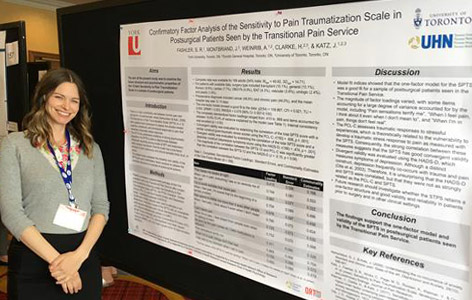
Conference: Annual Scientific Meeting of the Canadian Pain Society, May 23-May 26, 2017, Halifax, NS
Conference Highlight: A highlight of the conference was the presentations regarding the opioid crisis, as it provided a forum to discuss the challenges of addressing this problem.
Conference Article: The most prominent topic discussed at the conference was the current opioid crisis in Canada. Researchers and clinicians explored how this crisis developed, suggested possible maintaining factors, and provided recommendations for the prescription of opioids moving forward.
A stand-out symposium on this topic was entitled “Addressing the Opioid Crisis in Canada: Who, What, Where, When, Why, How”. The symposium emphasized that medical professionals should attempt to “do no harm” in their prescription of opioids. This included both concerns regarding the over-prescription and possible subsequent abuse of opioids, as well as the risk of the under-prescription of opioids, which could lead to an unnecessary increase in the burden of pain. Due to the influx of illegally imported opioids, most notably fentanyl, it can be hard to detangle what is driving the present crisis. In the face of this ambiguity, “doing no harm” is a considerable challenge.
One of the speakers, president-elect of the Canadian Pain Society (CPS), Fiona Campbell, described the ongoing commitments that CPS has made to address the opioid crisis. Specifically, the CPS aims to do the following: (1) support a Joint Action Plan by providing consultation regarding pain management practices to governing bodies in Canada; (2) help develop strategies that will decrease the misuse of opioids while also providing compassionate pain management to individuals living in pain; (3) continue to emphasize and provide educational opportunities for health care professionals involved in pain management as well as patients regarding the safe prescription and use of opioids; and (4) continue to encourage multidisciplinary treatment for pain to provide more comprehensive pain control to patients that includes diverse pain management strategies.
Overall, attending the annual convention of the Canadian Pain Society afforded the opportunity to learn more about the causes, maintaining factors, and recommendations for addressing the opioid crisis in Canada.




